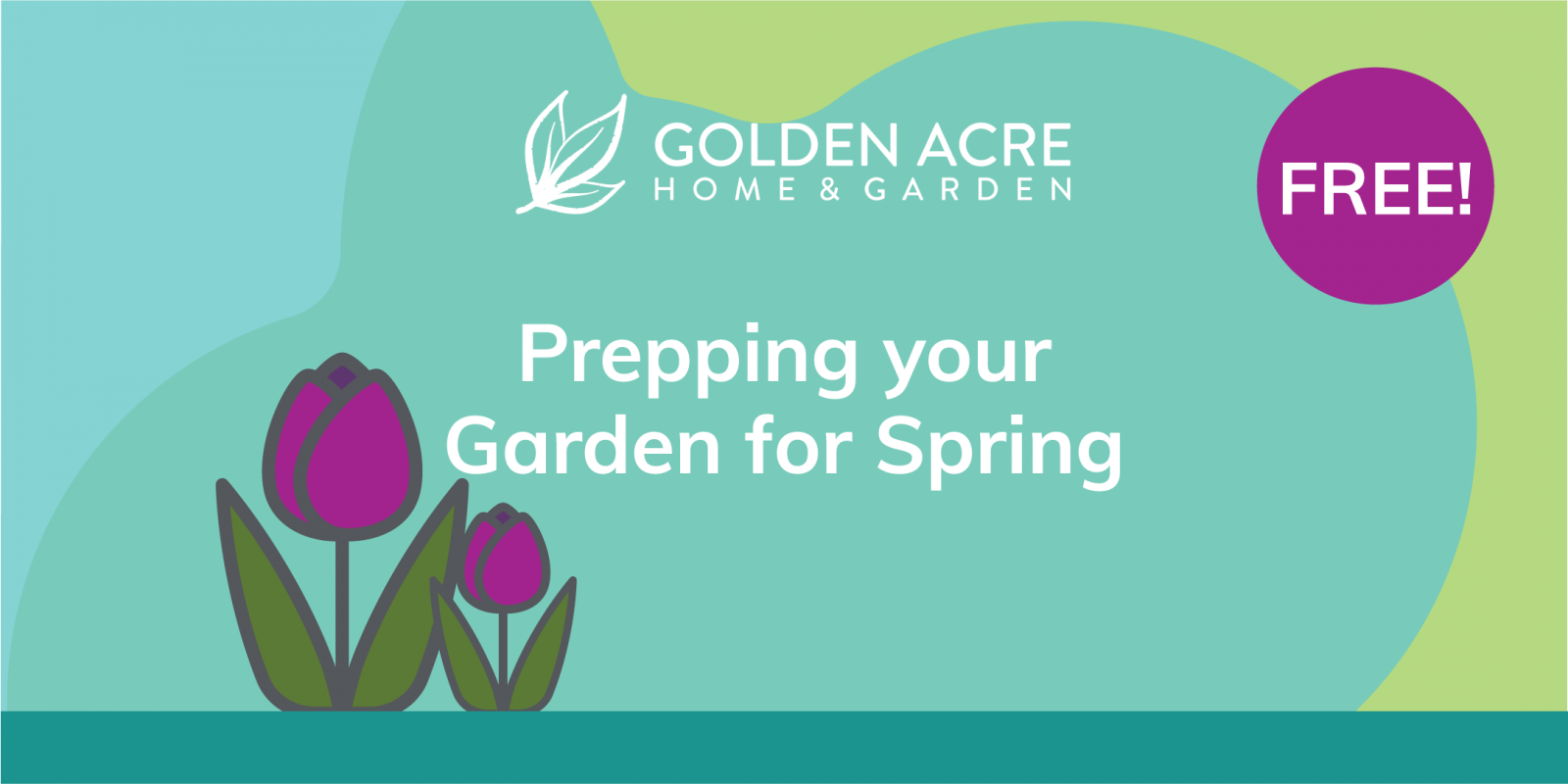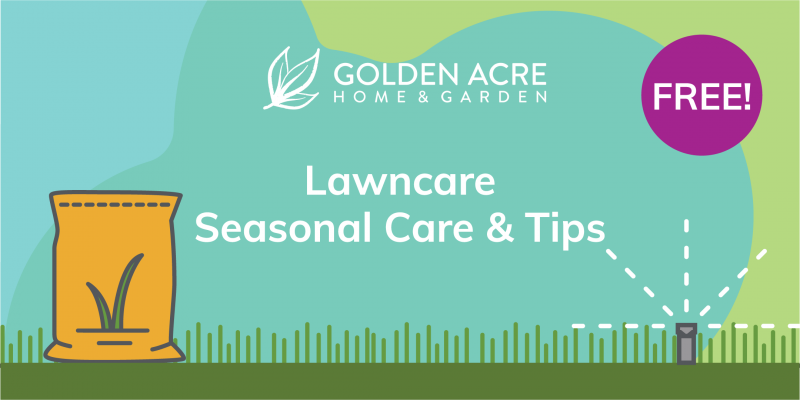How do you like being woken up? If you’re anything like us, you like it to be gradual and soft. Right?! We can apply that same thought to our gardens. Although it’s too early to plant anything outside in Alberta, we can still get out in the garden and prepare some things now that will ease your workload later in the season.
A big thank you to everyone who attending our webinar today. We look forward to all the successes you’ll encounter this spring! Continue reading for a recap of todays event and for links on all the products Colin recommended from fertilizers to amendments.
What kinds of things can you do right now?
Trees & Shrubs
Spring is a good time to look at your trees and shrubs. How are they doing? Winter may not have been kind to our trees and shrubs and You may need to prune. Look for any dead, diseased, damaged, or dangerous branches and cut them off with a clean and sharp pair of pruners. Weather, wildlife, and just life can impact your trees and shrubs so taking this time now to ensure they’re healthy is so advantageous. If they’re spring flowering, you’ll want to save pruning for autumn to you don’t shock the tree/shrub. For more, sign up for our upcoming trees and shrubs webinar on May 6th, 2023
Lawns
Once the snow is gone and your lawn is dry, you can start preparing it for spring! Gently rake to remove debris. You’re just fluffing up the grass to encourage more airflow and removing any winter mold that may have developed. If you’re looking to dethatch your lawn, only do this when your lawn is dry. Consider leaving a pile of leaves in a corner of the yard to give our garden bug friends a place to hide out until aphids and pests need exterminating. You may need to rake a couple times, so don’t try to remove everything in one go. Once you start to see your lawn actively growing, feel free to begin your fertilizer program. You’ll typically fertilize a few times in the year. For more, sign up for our upcoming lawn webinar on April 15th, 2023
- Scott’s Turf Builder Starter 24-25-4 | Click Here
Flower Beds & Raised Planters
Start tending to garden beds once soil is dry. Weed, fluff up the soil, amend the soil, and assess your perennials to see if they need some help or if you need to start fresh.
Amending your Soil
Amendments are not fertilizers and should be done annually. What you’re trying to do is improve nutrients, aeration, drainage, and overall texture. If you’re amending flower/veggie beds, you only need to amend the top few inches. Feel your soil and refer to the list below to add products that will improve whatever you think is lacking. If you’re dealing with raised planters, stick with light amendments like worm castings and peat moss. The biggest thing is to not get concerned with overdoing it. If you want to just try a couple amendments and see how it goes, great! Learn something new every year and don’t be afraid to try.
- Compost | Mix of decayed & broken down matter readily made for plants.
- Sea Soil Original | Learn More
- Coconut | Shredded coconut husks. Improves soil textre. Aids in water retention and root development.
- Coconut Coir – Natural, pellets, kits | Learn More
- Manure | Composted animal waste used to improve soil structure, aeration, water retention, and nutrients for plant development.
- Green Harvest Steer Manure | Learn More
- Peat Moss | Fibrous material from decaying mosses. Helps with water retention and aeration.
- Pro Moss Sphagnum Peat Moss | Learn more
- Worm Castings | Highly active worm waste. Anchors nutrients, feeds plants, adds beneficial micro-organisms, and improves aeration.
- Annelida Worm Castings | Learn More
- Volcanic Rock Mineral | remineralizes soil and adds micro-nutrients.
- CanAmaze Volcanic Rock | Learn More
- Perlite | Water retaining volcanic glass. Helps root development, aeration, drainage, and texture.
- Pots & Plants Perlite | Learn More
- Vermiculite | Aerate soil and retaining water and nutrients.
- Pots & Plants Vermiculite | Learn More
- Bio-char | Organic material that helps neutralize acidity, improve water and nutrient retention. Encourages beneficial soil microbes, bacteria, and nematodes.
- Annelida Biochar | Learn More
While you’re amending your soil, break up soil tension, but be careful around existing perennials. Also take this opportunity to pick out any weeds by hand or tool.
Fertilizing
Start a fertilizer program when you begin to see active growth. Less is always more, so follow manufacturers instructions.
- Pro Mix Root Booster 5-15-5 | Learn more
- Gaia Green All Purpose 4-4-4 | Learn More
Tools & Accessories
Take inventory and make note of anything you need to replace before the season kicks off. What do you need to clean up or sharpen? This includes, but not limited to, hoses, rain barrels, pots, pruners, shovels, trowels, and gloves. Get more inspiration here
Resources
More Detailed PowerPoint Presentation | GA Webinar Presentation – Spring 2023
Encore Video Presentation | Visit our YouTube Channel


